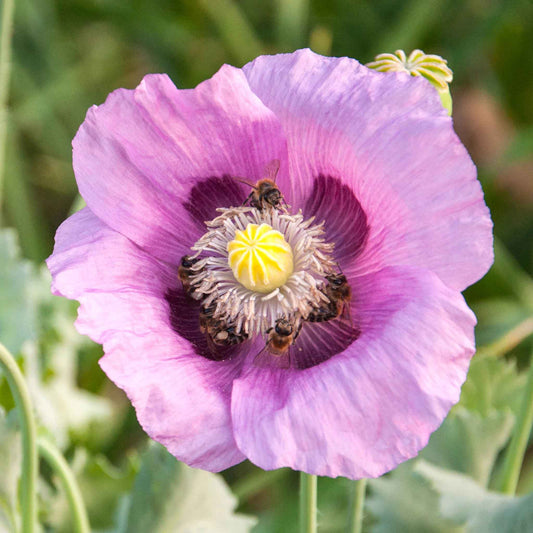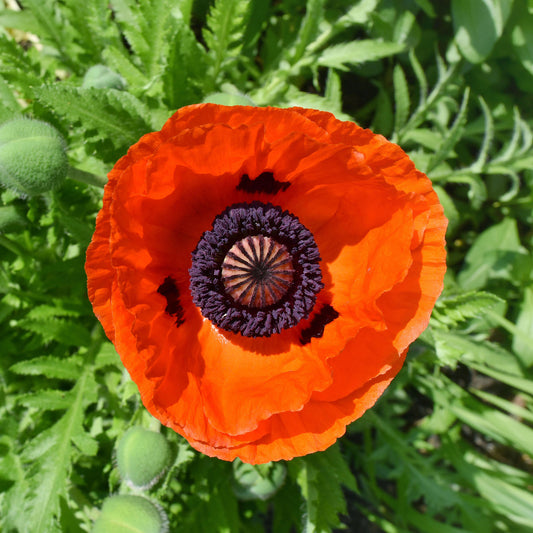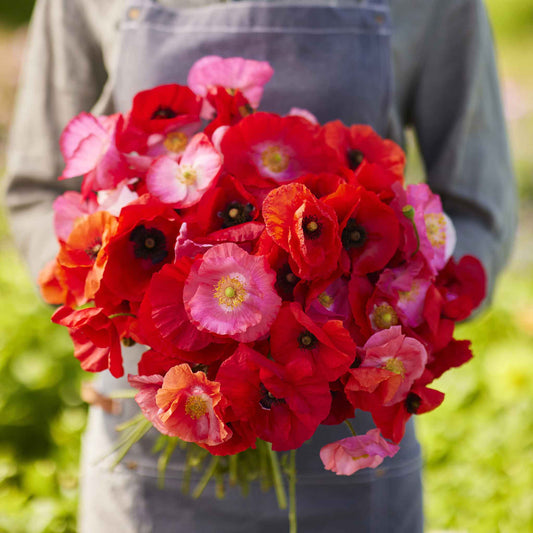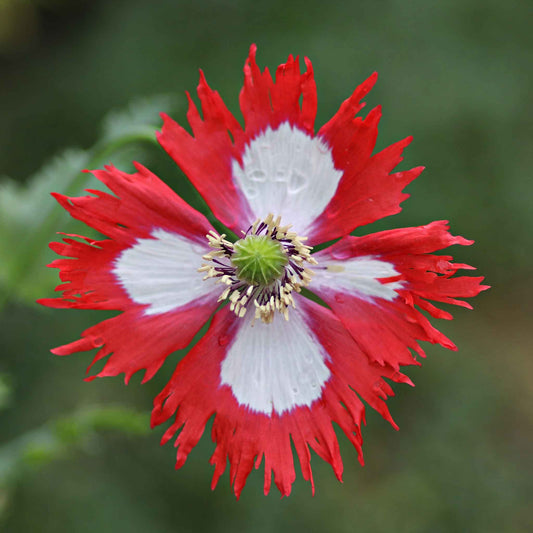-
main-collection-product-grid

Poppy Seeds - Hungarian Breadseed
Baker or not, you'll appreciate this lavender beauty in the gardenPoppy Seeds - Hungarian Breadseed
Baker or not, you'll appreciate this lavender beauty in the gardenRegular price As Low As $5.99Regular priceUnit price per -
main-collection-product-grid

Oriental Poppy Seeds - Prince of Orange
Our boldest perennial poppy with a flare for the exoticOriental Poppy Seeds - Prince of Orange
Our boldest perennial poppy with a flare for the exoticRegular price As Low As $5.99Regular priceUnit price per -
main-collection-product-grid

Shirley Poppy Seeds - Mixed Red & Pink
Welcome spring and celebrate summer with these florescent bloomsShirley Poppy Seeds - Mixed Red & Pink
Welcome spring and celebrate summer with these florescent bloomsRegular price As Low As $4.99Regular priceUnit price per -
main-collection-product-grid

Poppy Seeds - Danish Flag
You don't need to be from Denmark to appreciate this natural wonderPoppy Seeds - Danish Flag
You don't need to be from Denmark to appreciate this natural wonderRegular price As Low As $4.99Regular priceUnit price per
Growing heirloom poppies in your garden
- 4 heirloom poppy seed varieties
- Symbolize remembrance
- Herbaceous annual, biennial, or short lived perennial plant
- Bloom from spring into early summer in temperate zones
Grow the best heirloom poppies, no matter your location
Heirloom poppy seeds come in a broad range of cultivars from all over the world, including North Africa, Europe, Asia, and even the Arctic/Subarctic, with over eight species accessible commercially. Poppy seeds, which bloom in late spring and early summer in a variety of hues ranging from light white and peach to deep red and vivid orange, are suitable for practically all hardiness zones (3 to 10). Heirloom poppies can be annuals, perennials, or biennials, depending on hardiness zone and variety, and commonly self-seed at the finish of flowering for a year-round harvest.
Growing conditions for heirloom poppy seeds
Poppy seeds are best put on bare soil in late fall or early spring, well before the final frost. Seed in late autumn or early spring in zones 3 through 7, then sow in late fall or winter in zones 8 through 10. Heirloom poppies dislike having their roots disturbed and grow poorly when transferred, therefore direct sowing in the soil rather than beginning inside is preferred. Poppy seeds need to be cold stratified to germinate, so if you decide to start your seeds inside, be sure to read our guide to cold stratification before sowing. Because heirloom poppy seeds require sunshine to germinate, scatter them on the soil surface when sowing.
How to care for heirloom poppy plants
Because heirloom poppy seeds are so tiny, some people choose to sprinkle them with sand to ensure equal dissemination. Plants should emerge in two to three weeks if the soil is kept consistently wet throughout germination. After germination, thin plants to approximately six inches apart after they have grown a couple of inches. Because perennial poppy varieties expand and annual poppy varieties frequently self-seed, it's a good idea to trim them down each spring. Plants can reach a height of one to three feet.
Poppies, while tolerant of moderate shade, love full sun and require at least six hours of direct sunshine to grow. Most species, such as Papaver orientale (Oriental poppy) and Papaver rhoeas (Flanders poppy, Shirley poppy), prefer moist, well-drained, nutrient-rich soil, but Eschscholzia californica (California poppy) thrives in poor soils and can be found growing as wildflowers in deserts and open prairies across the western United States.
Plan your garden with heirloom poppies
Heirloom poppy blossoms are plentiful, but they only linger around four weeks. Extra early blooms from Eden Brothers' Heirloom Iceland Poppy Seeds, which thrive in chilly environments, might lengthen the flowering duration. Plants die back when blooming stops in the summer, leaving gaps in your yard. When planning attractive gardening spaces, keep this in mind and plant late summer/early fall flowers to follow.
For more information about planting, growing, and caring for heirloom poppy seeds, see the Poppy Seeds Planting Guide.



